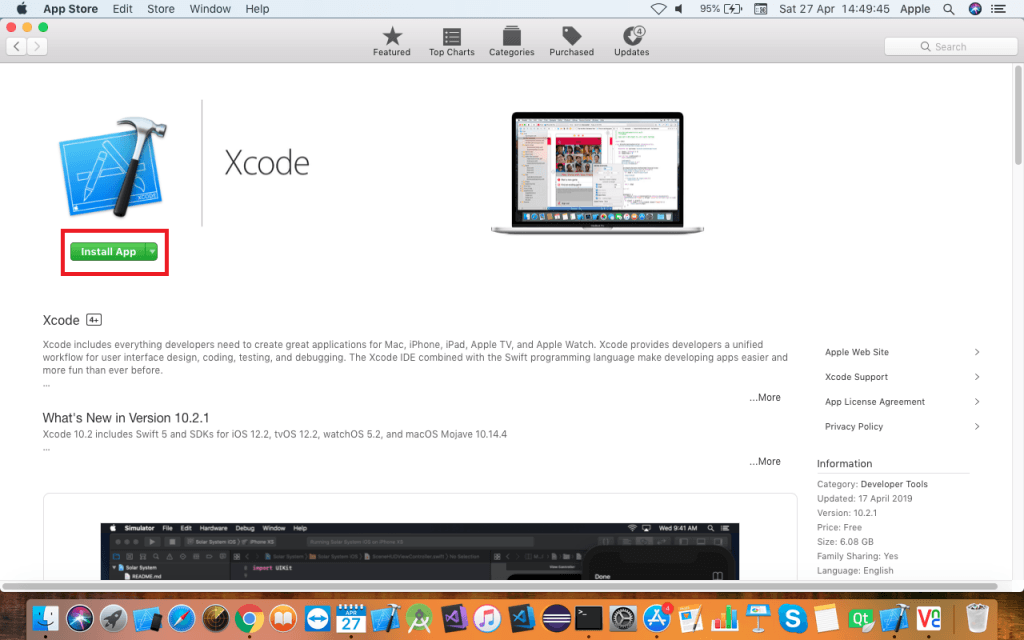

Import io.appium.java_client. Starting the Appium server prior to executing our test scripts can be done via terminal / command line or. Import io.appium.java_client.AppiumDriver Appium is an open source mobile test automation tool. For my case, I corrected this by specifying a new PATH environment variable in the AppiumServiceBuilder: Install Visual Studio for Mac with all Xamarin components. Unfortunately, the way that AppiumDriverLocalService runs Appium, it does not re-use your defauly PATH and instead reverts to the system default. Install Appium from the command line (skip if you install Appium Desktop) npm install -g appium. If you followed the installation instructions for XCUITest driver, Carthage is installed using Homebrew and it is automatically added to the PATH, so this isn't normally an issue.

Store the paths in environment variables named NODE_PATH and APPIUM_PATH, and the AppiumServiceBuilder will pick them up automatically.Īnother issue I ran into is that the XCUITest driver requires the Carthage package manager to be in the system PATH. If you share your test code with a team and/or run in different CI environments, you can set this information via environment variables rather than hardcoding file paths in your test code. ServiceBuilder.withAppiumJS(new File("/path/to/appium")) ingDriverExecutable(new File("/path/to/node/executable")) AppiumServiceBuilder serviceBuilder = new AppiumServiceBuilder()


 0 kommentar(er)
0 kommentar(er)
